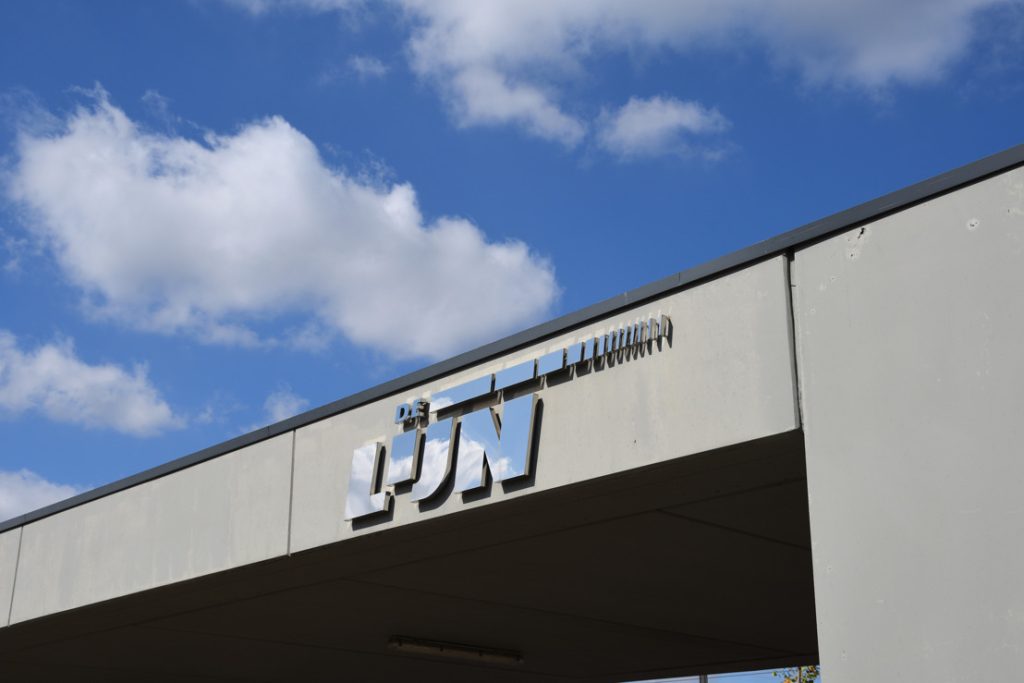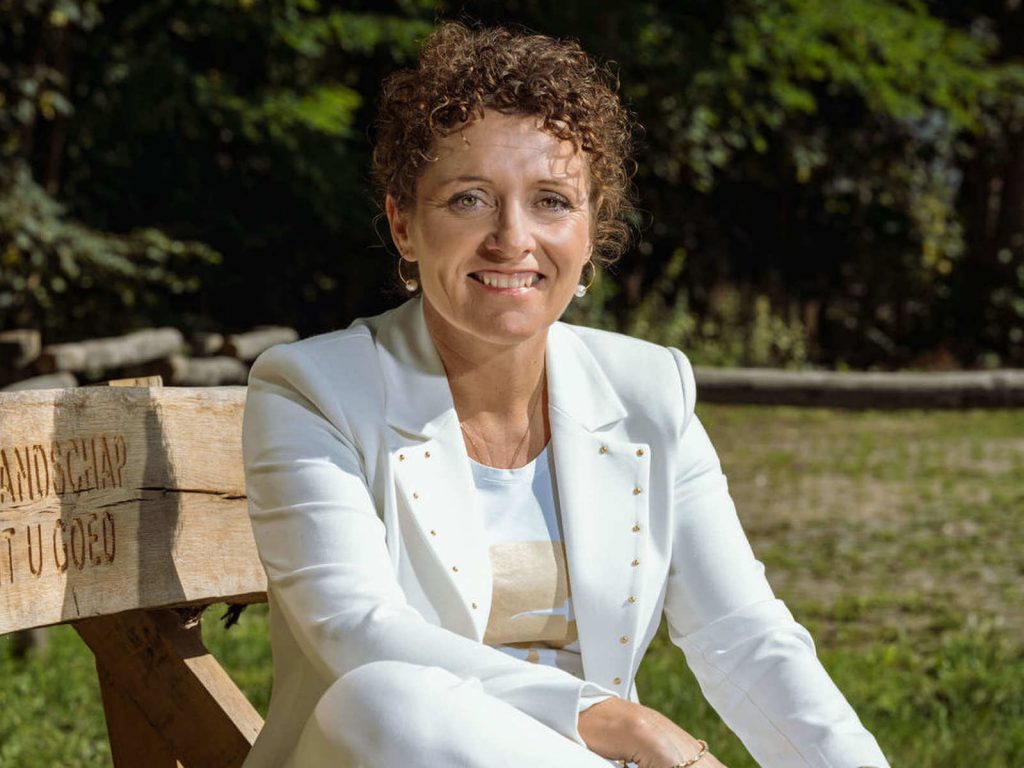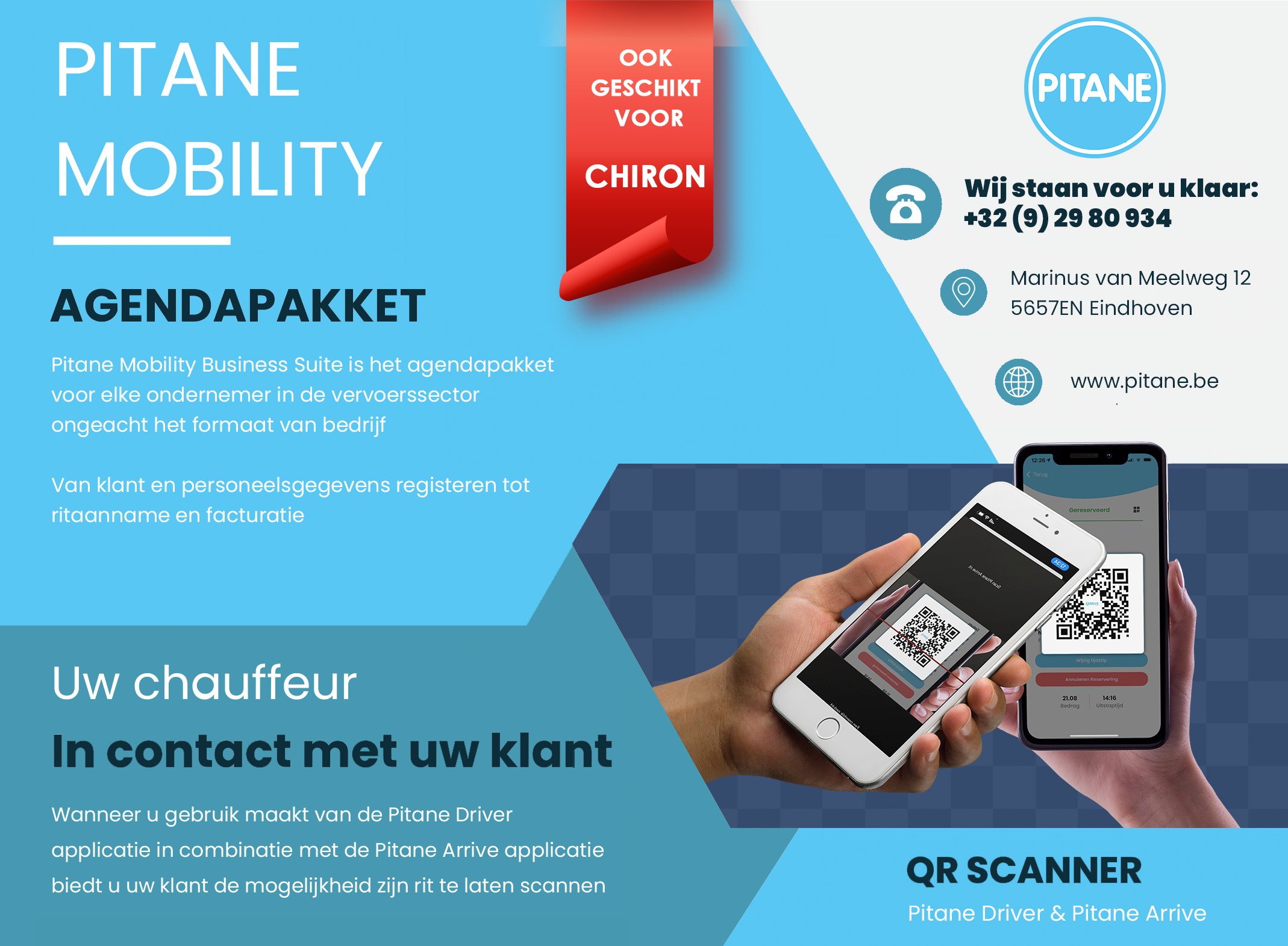In Limburg, a quarter of all bus lines will be redesigned in a first phase and a new 'Kothopper' will be installed for students.
The Flemish government has the ambition to reform public transport in Flanders. The aim of the reform is to improve public transport, make it more efficient and better match the needs of travelers. We've been talking about it for a long time, but on July 1, 2023 it will happen anyway. The start of the long-awaited reform of public transport in Flanders. The introduction of basic accessibility is the largest ever reform of Flemish bus and tram transport.
The reform of public transport in Flanders is an important initiative aimed at improving public transport, making it more efficient and better attuned to the needs of travelers. Despite tenders with completely different deadlines, the 'big bang' theory was postponed twice due to practical difficulties and procedures at the Council of State.
Phases
Flanders has had plans for years to introduce the basic accessibility concept. The Minister of Mobility Lydia Peeters abandoned the 'big bang' theory and asked De Lijn and the transport regions to work in different phases. On July 1, the plans for basic accessibility, a major reform of public transport in Flanders that dates back to 2015, will be progressively rolled out. From 1 July, travelers can go to the new Mobility Center.

Through a phased implementation plan, we will serve urban areas optimally emission-free within a few years. Public transport will become completely emission-free by 2035. In this way we save more than 37 million liters of diesel per year and we emit 95.000 tonnes less CO₂ annually.
The line
Taking public transport instead of the car is an environmentally friendly choice anyway. And more soon! Because by 2035, De Lijn's entire fleet will be completely emission-free. All those future electric buses have a lot of extra benefits for travelers. At first glance, an electric bus doesn't look that different. But as soon as it starts driving, you immediately notice the difference. In a classic bus, the drivers shift manually and you feel the throbbing when switching to another gear. The automatic acceleration of the e-bus makes the ride more pleasant.
mobility hubs
Part of the reform is the introduction of shared bicycles and shared cars. These modes of transport should complement public transport and improve mobility in urban areas. The intention is that more shared bicycles and shared cars will become available and that these will be better coordinated.
The idea behind the mobility hubs is to create a multimodal transport system where different transport modes are combined in an efficient way. This should ensure better mobility and reduce congestion on the roads.
Combining different modes of transport in an efficient manner makes it easier for travelers to reach their destination and raises mobility in Flanders to a higher level.
The success of the public transport reform in Flanders will depend on several factors, such as the willingness of different stakeholders to cooperate, the availability of funding, the implementation of technological innovations and the acceptance by the population.

It is therefore difficult to say whether the Minister of Mobility Lydia Peeters will succeed in her aim, but it is clear that the reform of public transport in Flanders is an important and very challenging initiative. De Lijn is an important public transport company in Flanders and plays an important role. As such, De Lijn can be an important partner in addressing political objectives related to basic accessibility in Flanders.
taxis
Taxis can play a role in improving basic accessibility in Flanders, especially in areas where public transport is less frequent or less available. They can complement public transport and make it easier for travelers to reach their destination.
However, we should point out that the use of taxis as part of basic accessibility depends on several factors, including the availability, accessibility, affordability and safety of taxis. In addition, we also need to think about the sustainability of taxis and their impact on the environment.
While taxis can be a useful addition to public transport, steps should also be taken to ensure that taxis are used in a sustainable manner and that greenhouse gas emissions are kept to a minimum.



